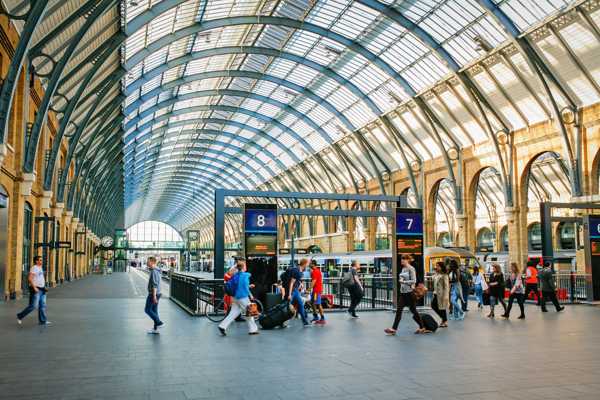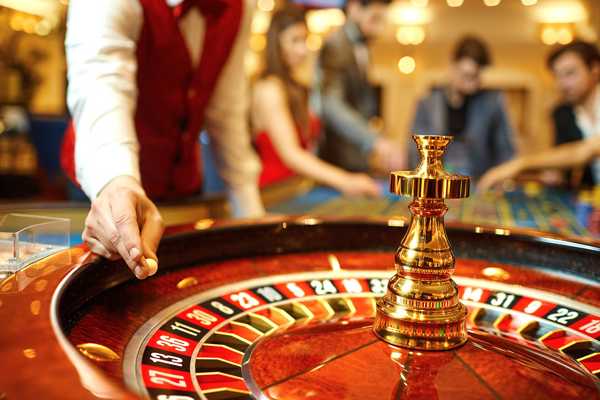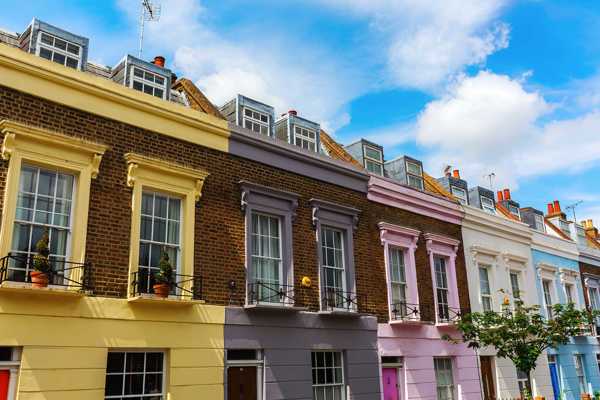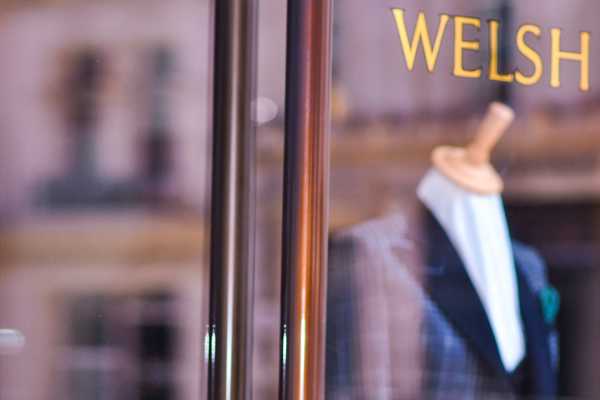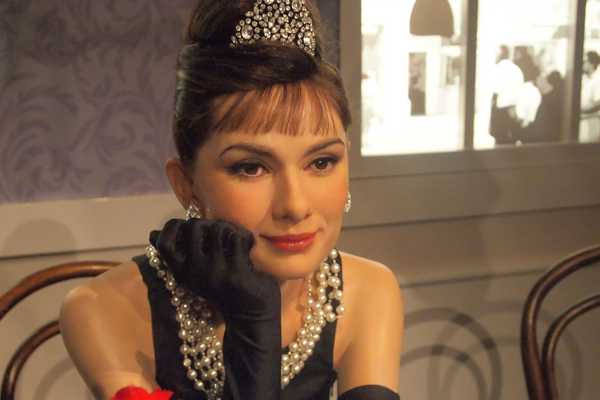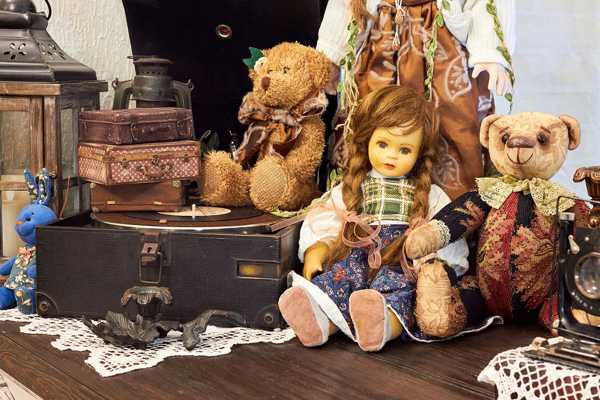The Tower of London is one of the city's most iconic landmarks, situated on the north bank of the River Thames. It's also perhaps the one with the bloodiest history. Nowadays, this medieval castle is home to the Crown Jewels and its protectors, the Yeoman Warders – commonly known as the Beefeaters.
Throughout its 900-year history, the Tower served many purposes. Besides being the royal residence, it has been at times a prison, armoury, barracks, museum, and even a private zoo. It was built by the Norman king William the Conqueror to protect the city and keep an eye on its citizens.
Tower of London - one of the highlights of 8 Places to Learn Something New in London and 10 Most Iconic Buildings in London (Read all about London here)
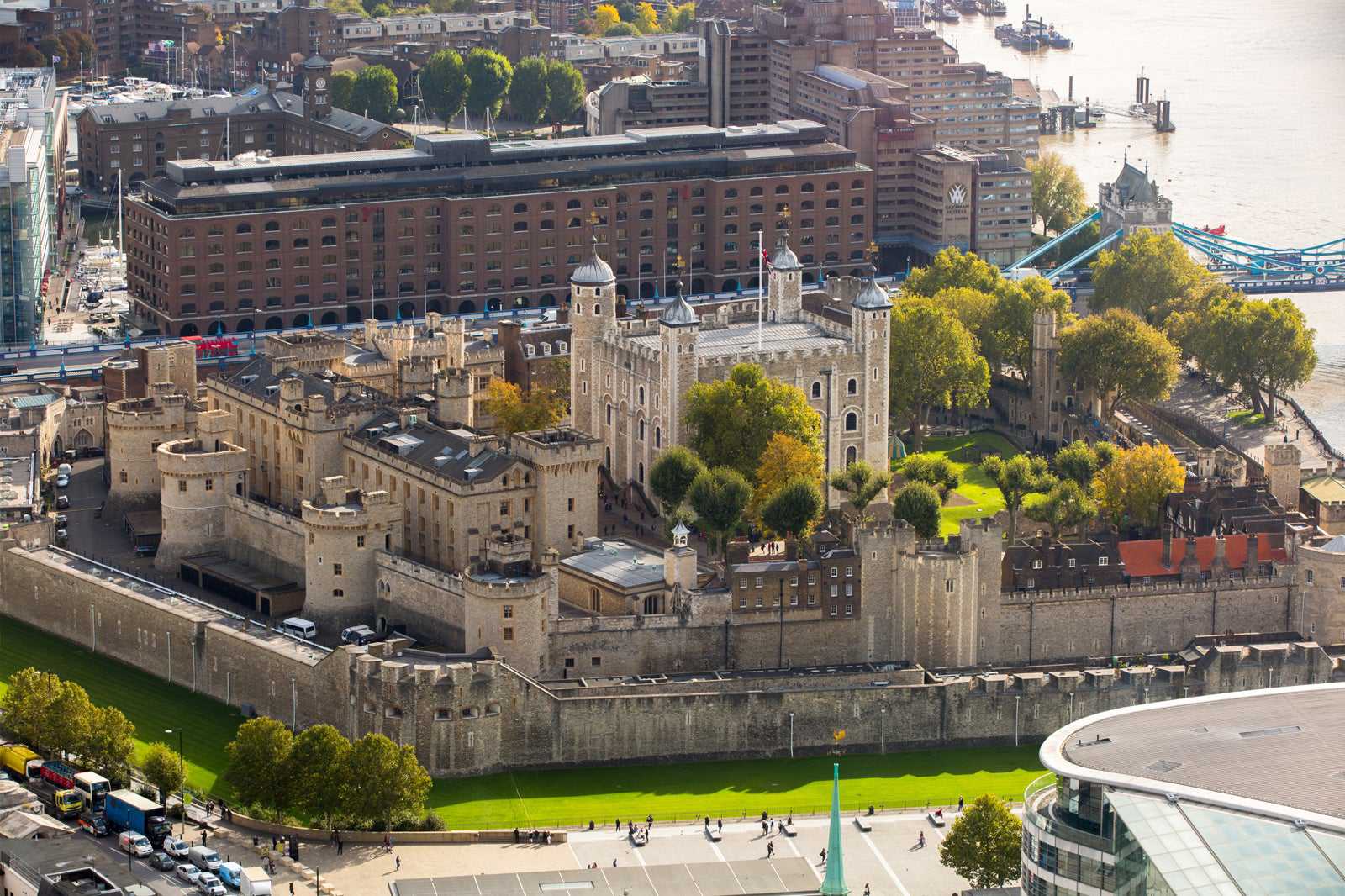
A brief history of the Tower of London
The famous White Tower is one of the first built in 1078 and was completed around 1100. It was built to subdue and intimidate Londoners as well as to deter foreign invaders. Its name is derived from the white stone used in its construction. Within, you can find a beautifully preserved 11th-century Romanesque chapel as well as collections of the royal armouries.
One of the most popular exhibitions in the White Tower is the Line of Kings, a 350-year old collection of various weaponry used throughout the ages. It contains hunting and sporting implements as well as arms used in tournaments from the medieval times up to the 19th century.
For those interested in the Tower’s bloody history, the top floor of the White Tower contains the original 18th-century executioner’s block as well as an axe dating back to the Tudor times. The basement is said to be the site of interrogation and torture of the Tower’s prisoners, including Guy Fawkes.
The more gruesome deeds occurred in the neighbouring Bloody Tower, which took its name after the murder of the young princes Edward and Richard by their own uncle, King Richard III. Executions were held in another tower, the Tower Green, now marked by a moving memorial. Some of the notable personages beheaded here or nearby are the queens Jane Gray, Catherine Howard, and Anne Boleyn.
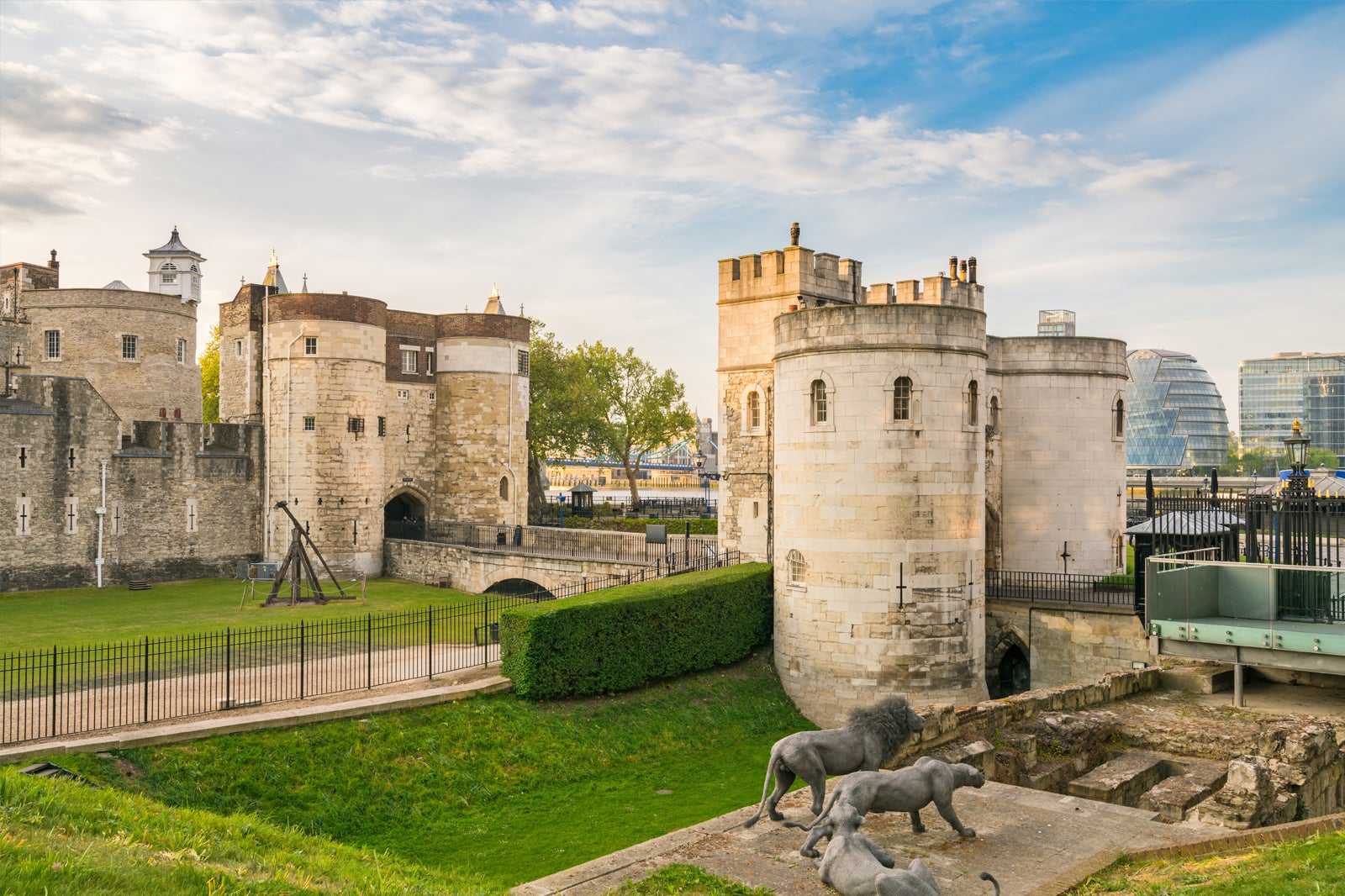
The jewels of the Tower of London
The Jewel House is another notable highlight in the tower complex. The heavily-guarded vault has held the Crown Jewels since 1968, with the jewellery collection comprised of 23,578 gemstones. This collection includes St. Edward’s Crown, which is still used in crowning British sovereigns, and the Imperial State Crown, which was made for Queen Victoria’s coronation in 1837.
Coin collectors would be interested to know that, for more than half a century, most of the realm’s coins were made within the Tower walls. You can learn more about the history of the Tower’s Mint in the Coins and Kings exhibit. This permanent exhibition features rare and unique objects from the Royal Mint Collection as well as depictions of the hard life of the mint workers.
If you want to glimpse the royal life during the medieval times, head to the Medieval Palace in St. Thomas’ Tower. Here, the quarters used by the kings and queens in their frequent visits have been carefully recreated.
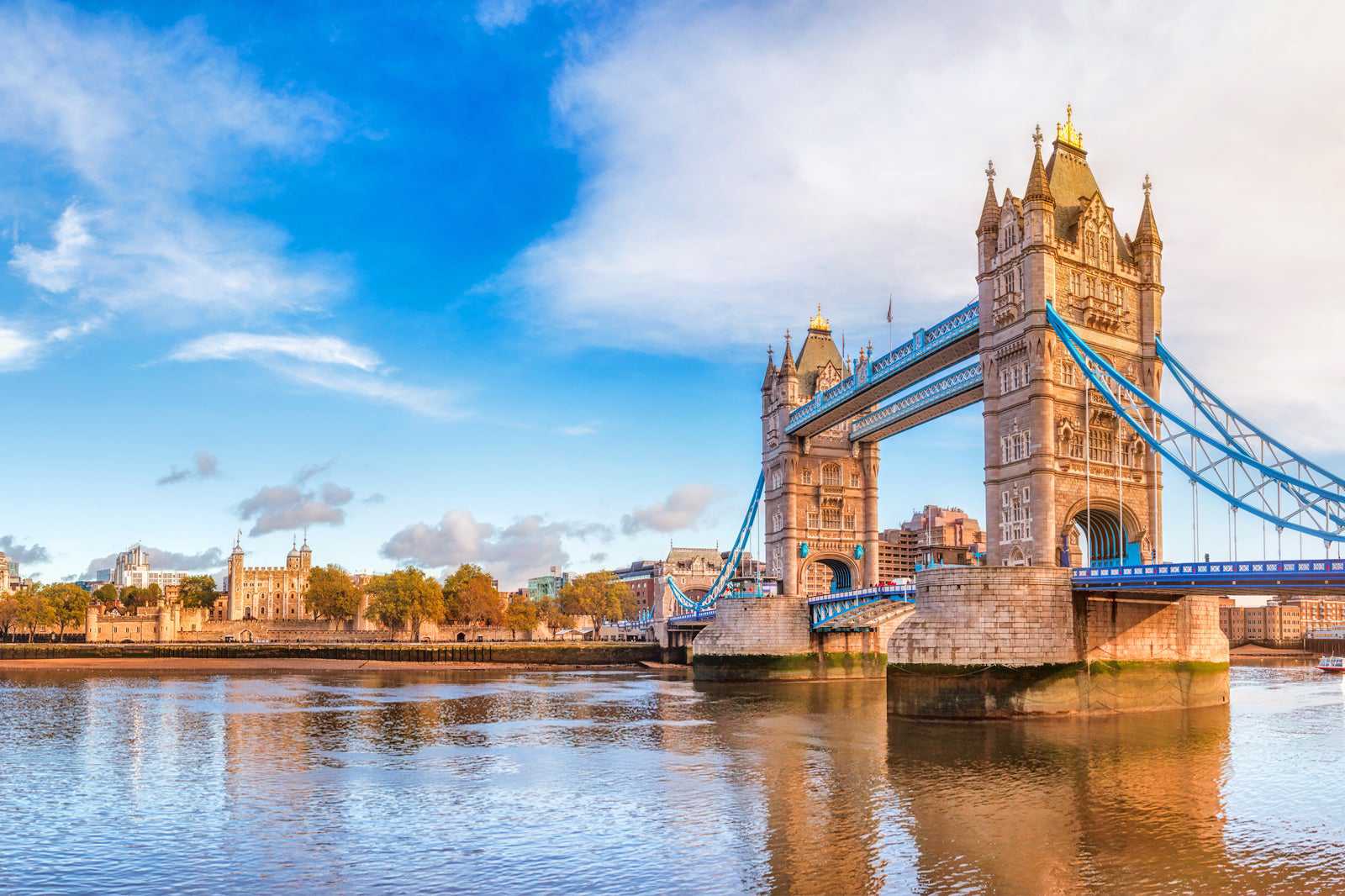
What's good to know about the Tower of London?
At the close of the day is the Ceremony of Keys, marking the closing of the gates. It’s a 700-year-old tradition where the Chief Warder turns over the keys to the Resident Governor. To witness this ceremony, you would need to obtain special passes.
To get inside the tower complex, you’d need to join any of the official tours, though some of them may give you select access only so be sure to check details before booking. It’s advisable to book your tickets online as the ticket lines can get rather long with the volume of visitors eager to get in. Getting to the Tower is easy with many bus routes (15, 42, 78, 100, and RV1) and tube lines (District and Circle lines) serving Tower Hill.
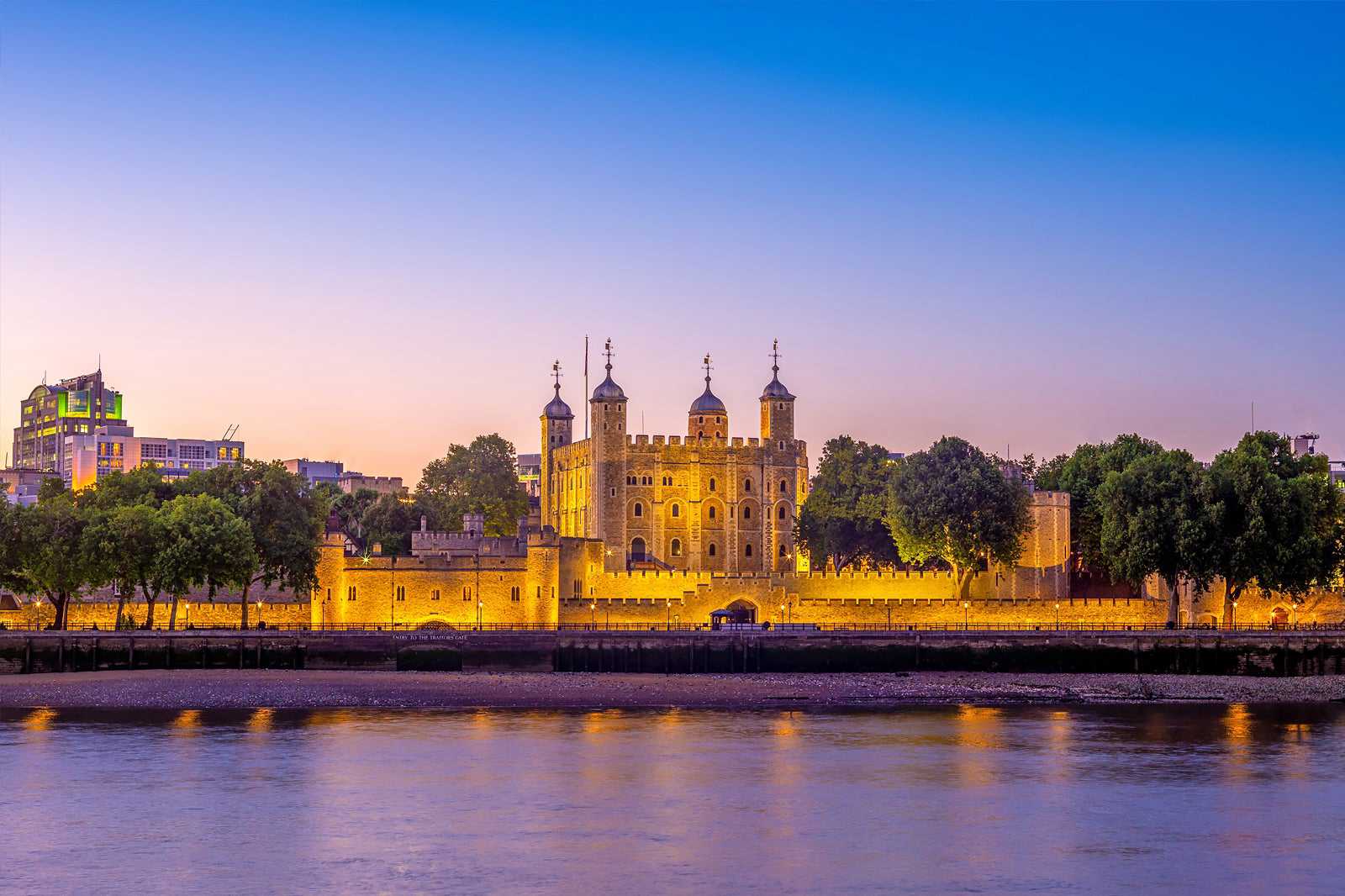
Tower of London
Adresse: St Katharine's & Wapping, London EC3N 4AB, UK
Åbningstider: Wednesday–Sunday from 10 am to 5 pm (closed on Mondays and Tuesdays)
Telefon: +44 (0)20 3166 6000












